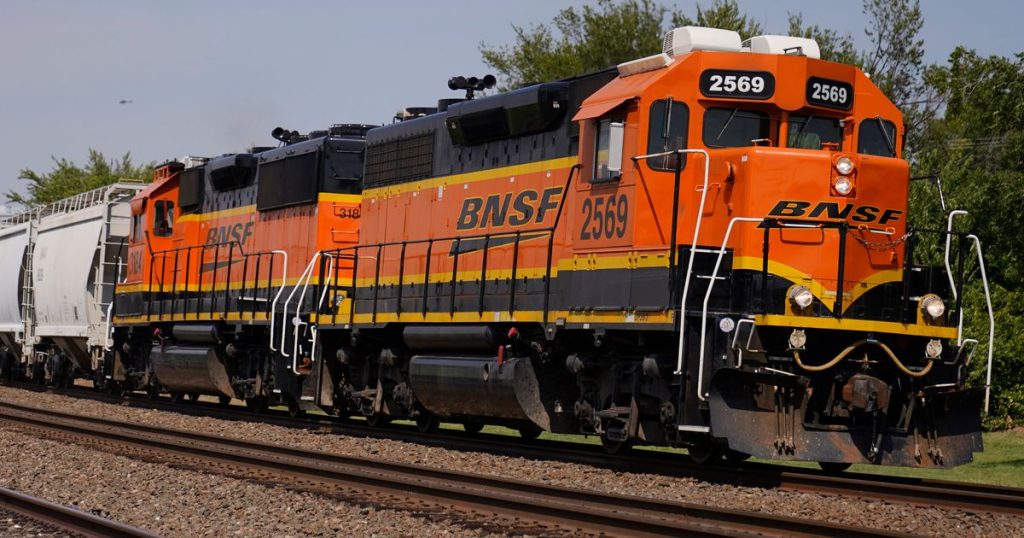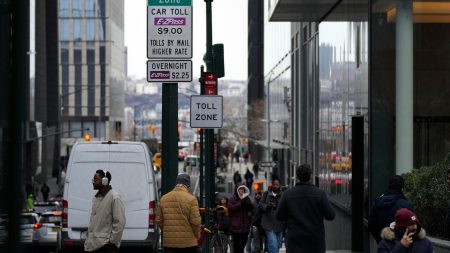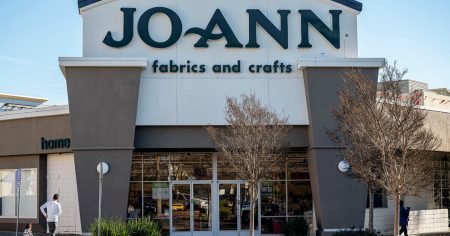The Rise of Freight Train Heists: A Growing Threat to Commerce
In recent months, a wave of audacious heists has targeted freight trains traversing the deserts of California and Arizona, with thieves stealing millions of dollars’ worth of high-value goods, including unreleased Nike sneakers. The thefts have drawn attention to the vulnerabilities of the rail transportation system, which plays a critical role in moving goods across the United States. These heists have not only caused significant financial losses but also exposed the challenges of securing over 140,000 miles of track that crisscross the country.
A String of Daring Heists in the Desert
One of the most notable incidents occurred on January 13 in Perris, Arizona, where thieves cut an air brake hose on a BNSF freight train, causing it to come to a halt. The suspects then made off with more than 1,900 pairs of unreleased Nike sneakers, including the highly anticipated Nigel Sylvester x Air Jordan 4s, which are not set to hit retail shelves until March 14. The stolen shoes, valued at over $440,000, highlight the growing trend of thieves targeting high-value merchandise, particularly limited-edition footwear that commands premium prices on the resale market.
Authorities are investigating at least 10 similar heists targeting BNSF trains in remote areas of the Mojave Desert since March 2023, with all but one involving the theft of Nike sneakers. The sheer scale of these operations suggests a level of organization and sophistication, with thieves often working in groups and using insider information to identify valuable shipments. In many cases, the stolen goods are resold on the black market, undermining legitimate retailers and depriving manufacturers of revenue.
How Thieves Operate and Evade Detection
The thieves’ modus operandi typically involves scouting merchandise on rail lines that run parallel to Interstate 40. They often target slow-moving trains, such as those changing tracks or stopping to open containers. Associates working at warehouses or trucking companies may tip them off about valuable shipments, enabling them to strike with precision. Once a train is halted—either during a scheduled stop or because of tampered brakes—accomplices in “follow vehicles” track the rail cars, and the stolen goods are tossed off the train.
The use of tracking devices in some shipments has helped law enforcement recover stolen goods in a few cases. For instance, in November 2023, a BNSF train near Hackberry, Arizona, came to an emergency stop due to a loss of air pressure. Deputies stopped a suspicious van leaving the area and found 180 pairs of unreleased Air Jordan 11 Retro Legend Blue sneakers, valued at $41,400. However, such recoveries are rare, and the vast majority of stolen goods disappear into the black market, leaving authorities struggling to keep up.
The Human and Financial Toll of Rail Theft
The financial impact of these thefts is staggering. Last year alone, thefts from cargo trains cost the nation’s six largest freight railroads more than $100 million, factoring in the value of stolen goods and the cost of repairing damaged railcars. The problem has worsened in recent years, with the Association of American Railroads reporting a 40% increase in thefts nationwide, bringing the total to 65,000 incidents. The stolen goods range from bulk commodities like coal and grain to high-value items like electronics and apparel.
The human toll of these crimes is equally concerning. Rail workers are often instructed not to confront thieves, as the safety risks are too high. However, the psychological impact of knowing that trains are being targeted repeatedly cannot be overlooked. Additionally, the thefts disrupt supply chains, potentially delaying the delivery of essential goods to businesses and consumers.
The Challenge of Securing Rail Lines and Prosecuting Offenders
Securing the vast network of rail lines is a monumental challenge. Freight trains operate in remote, rural areas and urban centers, making it impossible to monitor every section of track effectively. While railroads have invested millions in security measures, such as surveillance systems and tracking technologies, thieves continue to adapt and evolve their tactics to evade detection.
Prosecuting those responsible for the thefts is another hurdle. Many of the individuals involved in these crimes are repeat offenders, with one railroad reporting the same person being arrested five times in a single day. The lack of deterrence is compounded by the fact that only about 1 in 10 theft attempts results in an arrest. Moreover, the cases that do make it to court often involve complex legal challenges, as some of the defendants may have crossed the border illegally or have ties to larger criminal networks.
Conclusion: A Call for Stronger Enforcement and Collaboration
The thefts underscore the need for stronger federal enforcement and tougher penalties to deter such crimes. Railroads and law enforcement agencies must collaborate more closely to share intelligence and disrupt criminal networks. Additionally, the public can play a role by reporting suspicious activity near rail lines.
While the allure of high-value goods like unreleased Nike sneakers may drive these thefts, the broader implications for the economy and public safety cannot be ignored. Addressing this issue requires a coordinated effort to protect the rail network, which remains a vital artery of commerce in the United States.















